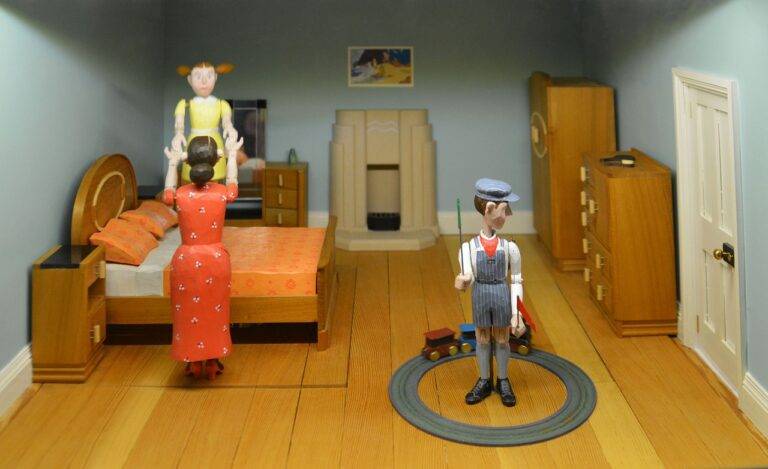The Rise of Green Roofs: Sustainable Solutions for Urban Spaces
Green roofs offer numerous advantages in urban areas. One key benefit is their ability to improve air quality by capturing airborne pollutants and dust particles. This helps to create a healthier environment for city dwellers and reduce the negative impacts of air pollution on human health.
Additionally, green roofs also contribute to mitigating the urban heat island effect by absorbing and deflecting heat. By providing natural insulation, they can help regulate indoor temperatures in buildings, reducing the need for excessive air conditioning during hot summers. This not only decreases energy consumption and related greenhouse gas emissions, but also enhances the overall comfort and livability of urban spaces.
How Green Roofs Help Reduce Urban Heat Island Effect
Green roofs play a crucial role in mitigating the urban heat island effect by providing a natural and sustainable solution to the heat buildup in urban areas. By covering buildings with vegetation, green roofs help in reducing the amount of heat absorbed and then radiated back into the environment. This process of evapotranspiration helps cool the air and lower the overall temperature in urban spaces.
In addition, the presence of green roofs helps to improve air quality by filtering pollutants and capturing carbon dioxide. This not only benefits the immediate surroundings but also has a positive impact on the overall urban environment. By incorporating green roofs into urban design, cities can create a more sustainable and resilient infrastructure that addresses the challenges posed by the urban heat island effect.
What are the main benefits of green roofs in urban areas?
Green roofs provide numerous benefits in urban areas, including reducing the urban heat island effect, improving air quality, reducing energy consumption for cooling, and promoting biodiversity.
How do green roofs help reduce the urban heat island effect?
Green roofs help reduce the urban heat island effect by absorbing and evaporating heat, providing shade, and insulating buildings, thus lowering surface temperatures in urban areas.
Are green roofs expensive to install and maintain?
While the initial cost of installing a green roof may be higher than a traditional roof, the long-term benefits in terms of energy savings and environmental impact make them a cost-effective option for urban areas.
Do green roofs require a lot of maintenance?
Green roofs do require some maintenance, such as periodic watering, weeding, and replacing plants as needed. However, the maintenance requirements are typically minimal compared to the benefits they provide.
Can any building have a green roof installed?
Most buildings can have a green roof installed, as long as the structure is able to support the additional weight and the roof is suitable for planting vegetation. It’s best to consult with a professional to determine the feasibility of installing a green roof on a specific building.





